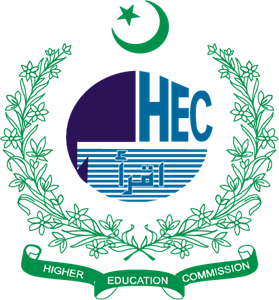Fears and hopes of professionals associated with rehabilitation services and education in Khyber Pakhtunkhwa; the bright side
DOI:
https://doi.org/10.52442/rjhs.v1i2.14Keywords:
Rehabilitation professional, Development in educationAbstract
With an increased number of schools offering education in rehabilitation one might be curious about its future perspectives especially in a country like Pakistan where the number of schools offering these courses has increased many folds in the last two decades.1 Since the existence of the country, there were only 4-5 schools offering undergraduate programs in physical therapy until 2000. The number of physical therapists produced by these schools was quite small and was hardly fulfilling the requirements for rehabilitation programs in the country. Moreover, a big proportion of these graduates were not available for providing rehabilitation services in the country as these graduates either settled down or were in the process of settling down in developed countries. The reasons for this fact may be associated with limited awareness of rehabilitation services in the country leading to shortage of employment opportunists for these professionals. Moreover, getting handsome salaries in developed courtiers has always been remained one of the major contributor factors for brain drain of qualified human resources to developed countries.2 For many years, the number of physical therapists working in one of the province of the country, Khyber Pakhtunkhwa, never reached to double figures while this number has seen three digits just in last one decade. With some unpublished data, more than 150 physical therapists are working in the province and this number is increasing day by day. In addition, with the initiation of Occupational therapy and Speech and Language Pathology academic programs by Khyber Medical University Institute of Physical Medicine and Rehabilitation, clinical services of occupational and speech language therapies have started at Rehman Medical Institute under the supervision of qualified occupational therapists and speech and language pathologists. More than 3000 patients were seen by members of rehabilitation team in rehabilitation services established by Rehman Medical Institute in previous month. There are quite few hospitals in Peshawar offering rehabilitation services and RMI is of the clinical setups offering rehabilitation services in the city. This fact, no doubt, shows importance of good rehabilitation services which has the potential to attract a good number of patients who need rehabilitation services. It is obvious that primary and secondary health care which consists of prevention, diagnosis and curative pillars, had remained the main focus of healthcare authorities in most of the countries and a big proportion of funding is allocated to these pillars. Nevertheless, the health care system is o????en overburdened by chronic illness, geriatric population and both short and long-term disabilities.3 Like the first three pillars of health care management, the tertiary health care needs similar big proportion of budget and therefore, a diversion of more funds towards this part of health care system can be observed in developed countries. The same might be expected in countries like Pakistan where rehabilitation services remained, to some extent, ignored and rehabilitation services remained limited to big cities in the country. Nevertheless, creation of vacancies for physical therapists in small towns, introducing new undergraduate and postgraduate programs and allocation of some funds for rehabilitation services by the government give some hope to the professionals associated with rehabilitation in the country.







